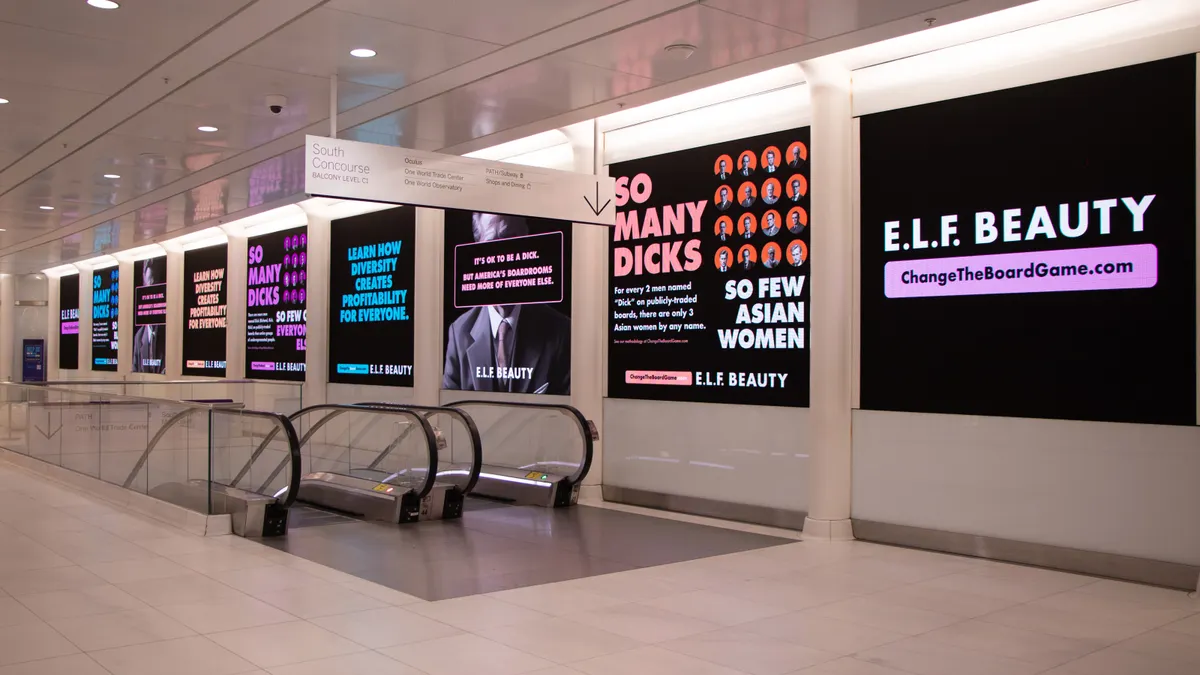Brief:
-
Mobile devices will be the primary driver of video ad growth in the next five years as U.S. consumers continue to shift their viewing habits toward smartphones and tablets, per a study by Forrester Research shared with Mobile Marketer. For the first time, the researcher segmented mobile web and in-app spending by format in its forecast to reflect the power of video content to drive growth of in-app ads.
-
Mobile is forecast to account for 72% of the growth in spending on online video advertising, while its share of the online video ad market will grow from 50% this year to 59% by 2023. Smartphone users are becoming more comfortable with viewing online video as the share of mobile screens that measure at least 4.5 inches increases, per Forrester.
-
Growth drivers include more time spent watching long-form content on smartphones, continuing a trend that saw mobile’s share of online video time grow from 29% in Q1 2016 to 55% in Q1 2017. Not only are viewers more likely to be engaged with long-form content, but the quality is expected to improve, two trends that appeal to marketers.
Insight:
Forrester’s forecast highlights many interesting trends, including the greater segmentation of the mobile ad market. The in-app share of mobile video will grow from 78% this year to 84% in 2023, the firm predicted. The bias toward in-app ads for mobile video is based on the fact that instream video ads make up more than 80% of video ad spend share. Instream video is biased toward in-app viewing, based on the high in-app visitor share for YouTube and Netflix, which have videos suited for instream video advertising. More than half (54%) of marketers said that in-app ads offer more accurate user data, compared with only 30% who said the same for mobile web ads, per Forrester.
Forrester’s survey data confirms other research showing that the share of online users who stream ad-supported content on a smartphone or tablet has been generally trending upward over the past three years, while PC viewership is declining. Nielsen data show that smartphone share of online video time per person grew from 21% in 2016 to 30% in 2017. Smartphone users are becoming more comfortable with viewing online video as the share of mobile screens that measure at least 4.5 inches increases. Cellular providers are making it more affordable to watch mobile video on the go with more affordable data plans, per Forrester.
Video ads are preferable to banners on mobile screens, too. Because of the smaller screen size, banner ads are much less effective on mobile than they are on PCs. Most mobile banner ads appear in social media apps. While smartphones are less ideal than PCs for banner ads, mobile platforms can be better for than desktops for video. Smartphone viewers are 1.4x more likely to watch video ads than viewers on PCs and TVs, per a Google study cited by Forrester.
While in-app video ads will become more predominant, mobile web video ads will face challenges, Forrester forecast. Restrictions on web ads will grow, as seen in February 2018, when Google’s Chrome browser began blocking ads on sites that repeatedly violate ad standards set forth by the Coalition for Better Ads. Apple’s September release of iOS 11 included Intelligent Tracking Prevention in Safari — a feature designed to limit cross-site tracking. Advertisers are worried that this moves will make it more difficult for them to target ads on Safari, which has a 54% share of the mobile browser market, per StatCounter. Apple this week announced additional enhancements to tracking prevention in iOS 12 to be released in the fall.











